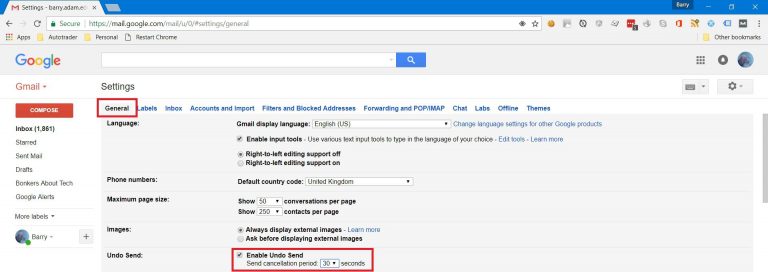
There are three places you can go for jEdit customization: buffer options, global options, and the plugins manager.īuffer options (in the Utilities menu) allow you to adjust settings associated with your current document. This is an editor that actively encourages you to make it your own. While the editing component is typical of any desktop editing app, jEdit’s additional features include plugins, macros that you can record live during your editing session, features specific to certain editing modes, buffer options, and more. There are also some features commonly aimed at coders-line numbering, folding (in which sections of text are hidden so you can focus on other sections), and syntax highlighting.īut imagine, for a moment, text editors on a spectrum from Vim simplicity to Emacs complexity, and you’ll find jEdit happily making its home alongside Emacs. If you’ve used one, you’ve basically used jEdit all the common keyboard shortcuts and conventions apply. The way you edit text in jEdit is the same as editing text in any desktop text editor. Free online course: Developing cloud-native applications with microservices architectures.
SENDING A GMAIL EMAIL WITH JEDIT HOW TO
If you don’t have Java installed, learn how to install Java on Linux, Mac, or Windows.

Once it’s downloaded (it’s small, so it won’t take long), run the installer.
SENDING A GMAIL EMAIL WITH JEDIT DOWNLOAD
Download it in a generic installer or in a custom installer for the OS of choice. JEdit is written in Java, so it’s available for any platform. It deftly demonstrates the dynamism of its foundational technology, and ever true to Java’s enduring promise, it does so on all platforms. Well, quite a lot, actually! The jEdit application is a refreshing reminder of just how practical and useful Java can be for even everyday desktop apps. So what can jEdit possibly offer to justify its existence?

Using a Java toolkit, a simple text editor can be written in about 100 lines of code. In fact, in most modern programming toolkits, the component accepting text entry is a pre-programmed widget. After all, text editing is almost too easy for such power. Maybe because it’s often seen as an "industrial-strength" tool, you might not expect it to be the foundation of a text editor.


 0 kommentar(er)
0 kommentar(er)
